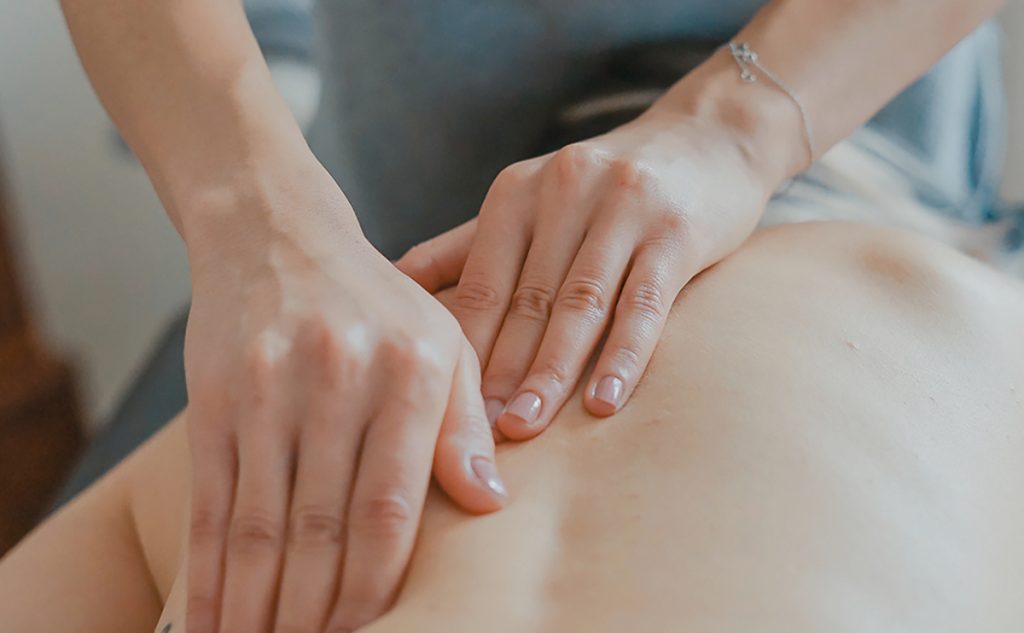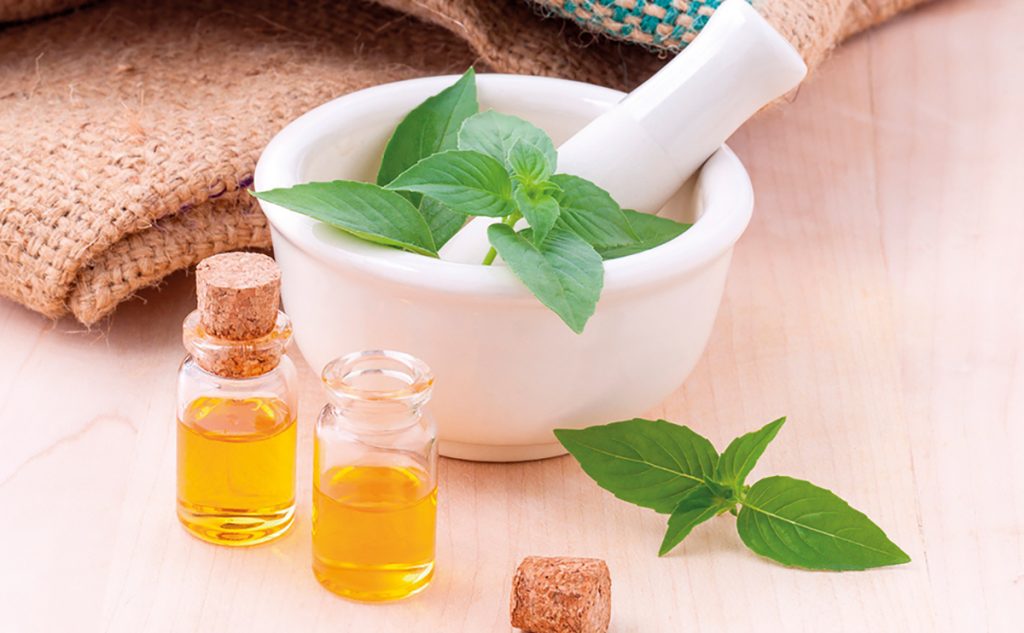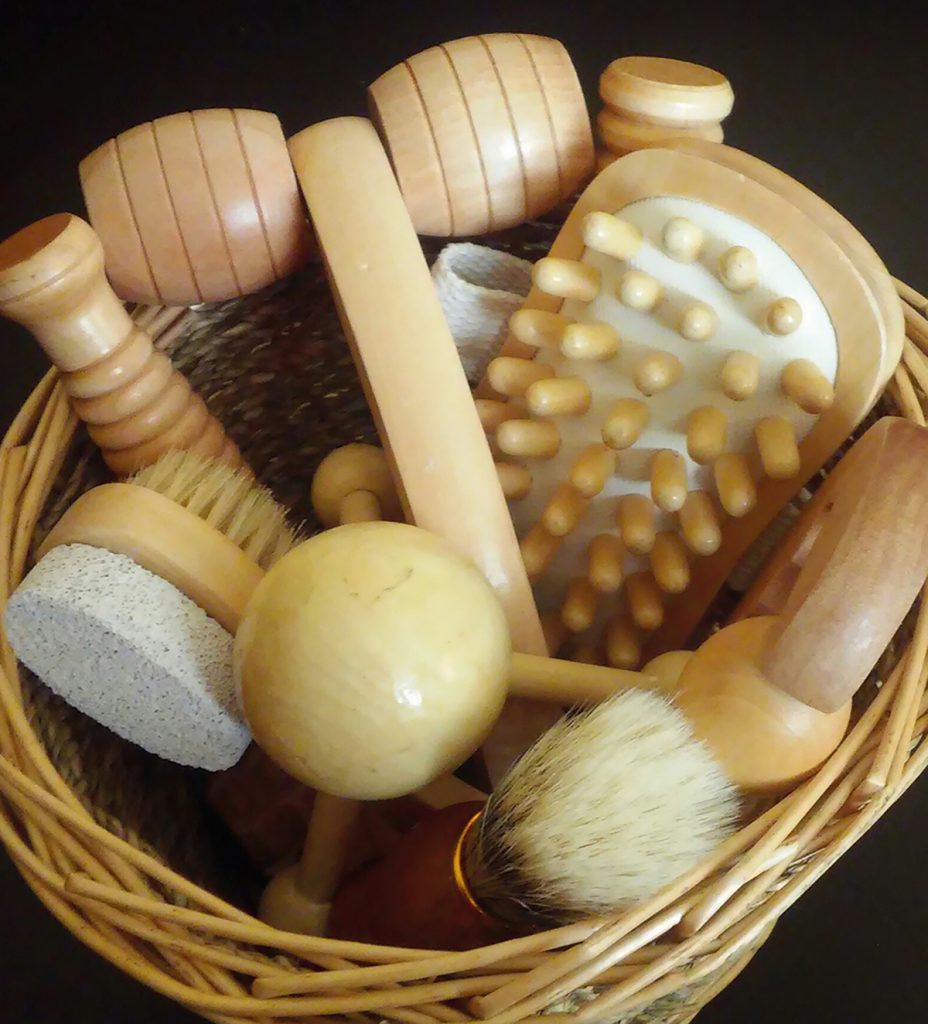We all know the drill: after long hours in the office and accumulated stress, we all feel like de-stressing and a massage is always a great option. Massage therapists offer a variety of traditional massage techniques allowing you to select the perfect nourishing and rejuvenating massage for any need you may have. Regardless of the type of massage you prefer, always provide feedback to your therapist regarding pressure, temperature, and specific concerns to ensure that you get the best massage experience possible. So what are the types of massage that are most commonly performed?

Swedish
Swedish is the type of massage that most often comes to mind when people think of massage. This is the traditional oiled massage of the muscles and soft tissues of the body performed using long flowing strokes. This technique brings relaxation to the body and aids the circulatory and lymphatic systems. The therapist typically uses pressure that is light to moderate.
Intensive Deep Tissue
This technique uses strong penetrating strokes, usually oiled but can be performed dry. The goal is to loosen and lengthen the deepest layers of musculature. The therapist will apply pressure to trigger points using fingers, fists, forearms and elbows. This type of massage has been shown to decrease spasms and break up muscle adhesions. But be warned, deep-tissue work can be painful but your body will thank you later!
Trigger Point
The massage technique known as trigger point, is also called Myofascial Trigger Point Therapy. This massage technique is most often used to relieve muscle skeletal pain caused by muscle spasm.

Sports Massage
Don’t let the name fool you, Sports massage is useful for anyone with chronic pain, injury or range-of-motion issues. The Sports Massage technique emphasizes prevention and healing of injuries to the muscles and tendons.
Your massage therapist will generally concentrate on a specific problem area that you have identified. Maybe you have a sore neck or stiff shoulders. This technique is frequently seen in spas.
Reflexology
Reflexology is based on the principles that there are reflexes in the hands and feet that correspond to every part of the body.
A therapist skilled in the art of reflexology will apply acupressure and massage to the ears, hands and feet. The benefit of this technique is improved circulation, detoxification, and reduced tension. Some also believe that this will aid the body’s ability to heal itself.
Prenatal
Prenatal Massage therapy has been shown to reduce anxiety, decrease symptoms of depression, relieve muscle aches and joint pains, and improve labor outcomes and newborn health.
Prenatal Massage therapy is a combination of varying techniques, one of which is Swedish Massage, which relaxes muscle tension and improves lymphatic and blood circulation. Swedish Massage is the recommended prenatal massage method during pregnancy because it addresses many common discomforts that are associated with the hormone shifts during pregnancy.

Geriatric
The geriatric massage techniques address specific issues common to elderly individuals. Elderly clients tend to have an increased fragility and sensitivity to touch. This massage style is also sometimes taught to nurses and other care providers.
Interestingly, studies support the notion that touch can have a positive impact on physical and mental health.
Hot-Stone Treatment
Hot-stone massage therapy uses hot stones to increase circulation and reduce soreness. The therapist typically uses traditional strokes of Swedish massage while holding a heated stone. When the stone cools, the massage therapist will use another heated stone.
So, there you have the most common types of massage therapies! Choose one and experience for yourself what a great massage can do for you!
Article written by:
Jay Rakestraw
Therapist and Masseur






